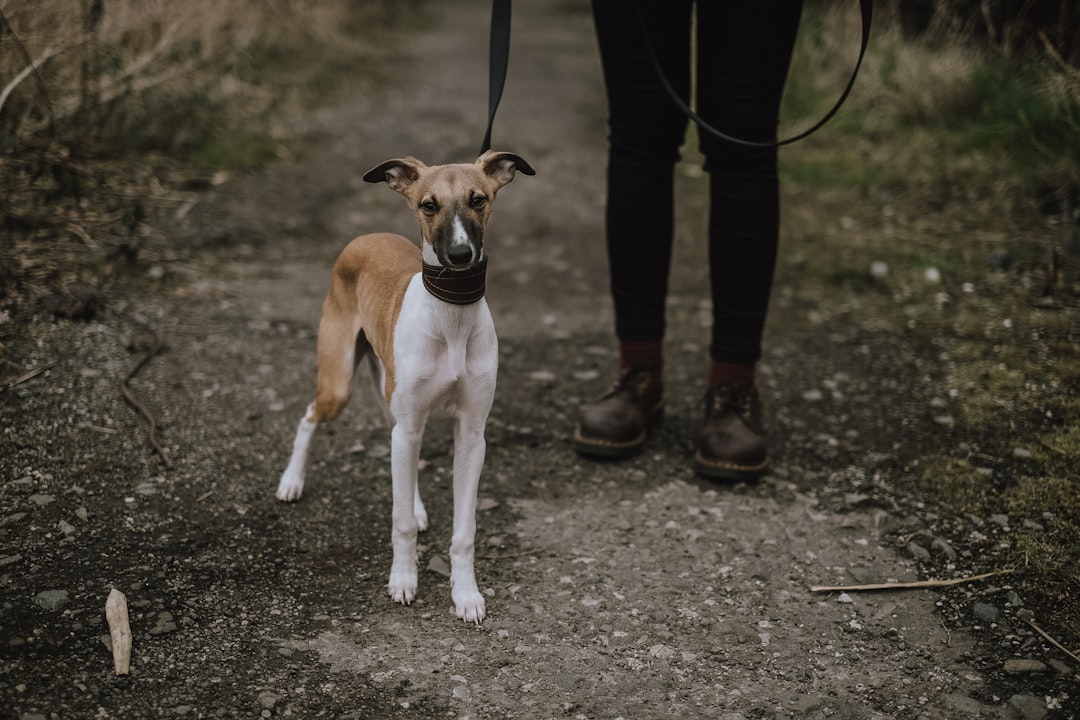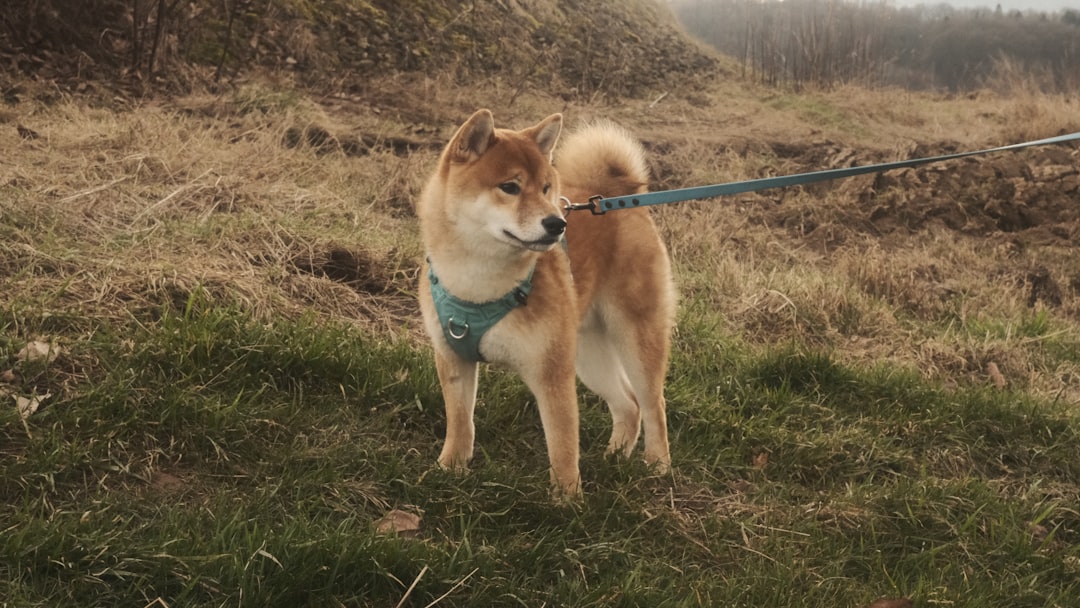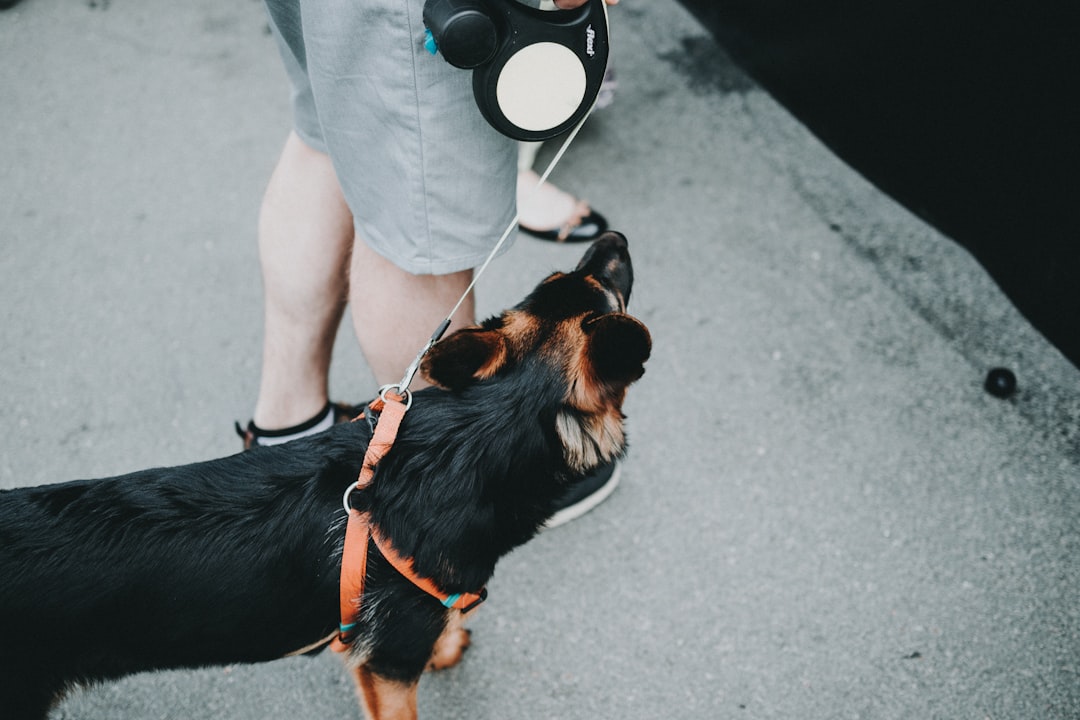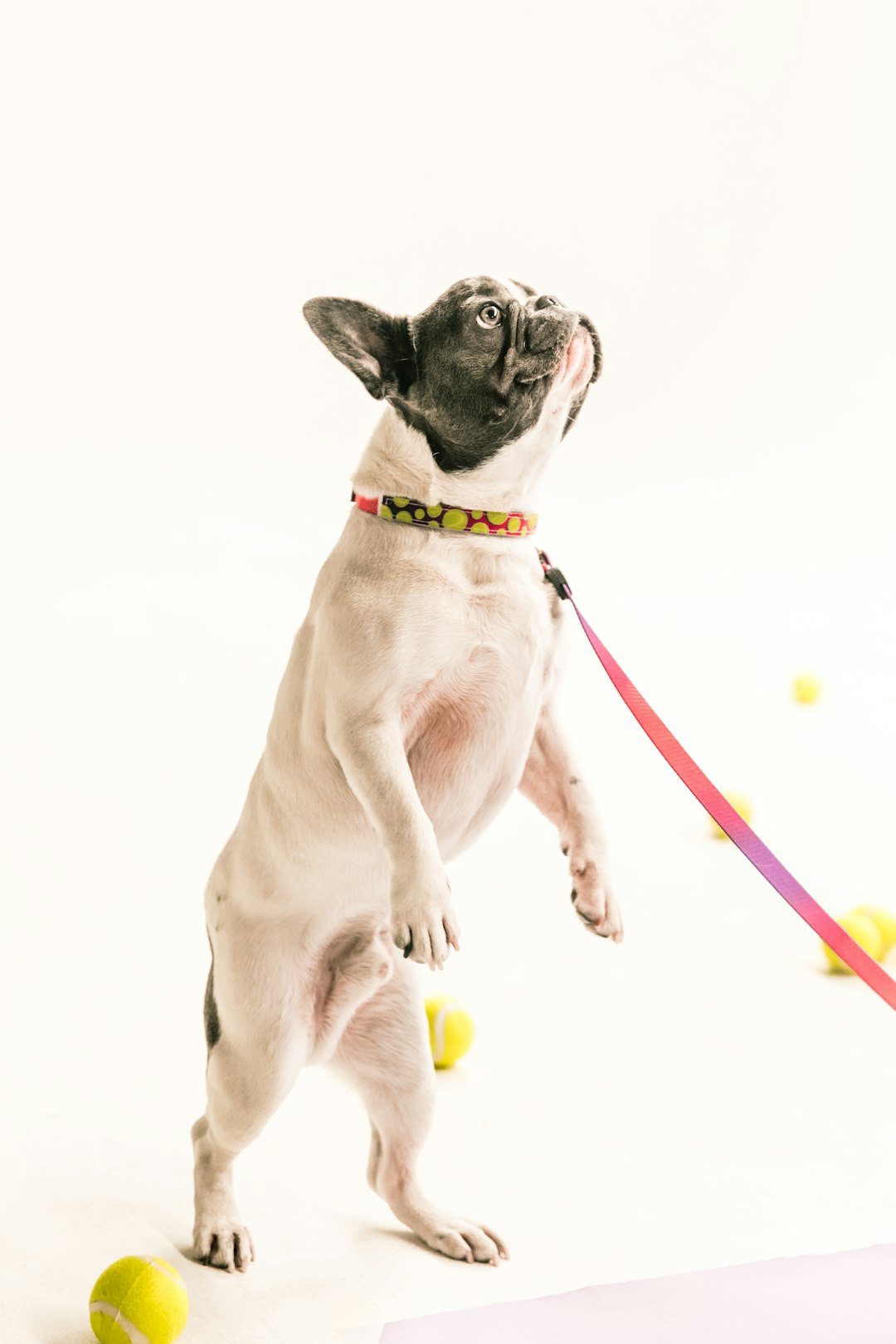Who wouldn’t want a four-legged bundle of joy with charm, loyalty, and a splash of mischief? Enter the vizsla dog, the ultimate companion for anyone who enjoys an active lifestyle and the warmth of canine affection. With an illustrious history and a personality that can light up any room (or trail), these dogs bring so much to the table. So, grab a cozy spot and let’s dive into everything you need to know about this fantastic breed and how to unleash the best in your vizsla!
The History of the Vizsla Dog

Ah, the mighty vizsla dog! With a history as rich as a classic novel, you might wonder how this charming pooch came to be your furry best friend. Buckle up, dog lovers, because this tale takes us to Hungary, where the vizsla dog proudly originated.
- Origins: The vizsla traces its lineage back to the 10th century and was bred by Hungarian nobility.
- Purpose: These graceful pups initially served as hunting companions, showcasing remarkable instincts and powerful athleticism.
- Involvement: Over centuries, they evolved alongside their human pals, becoming skilled retrievers in both land and water.
By the 20th century, the vizsla dog faced near extinction, but dedicated enthusiasts managed to revive the breed. Thanks to their charming elegance and zesty energy, vizslas gained popularity, morphing into the family-friendly, loyal companion we adore today. So, when you snuggle with your vizsla, remember you hold centuries of history in those floppy ears!
Physical Characteristics of Vizslas

When you think of a vizsla dog, picture a sleek, elegant athlete ready to race. These dogs aren’t just stunning; they boast several distinct physical features that make them a unique breed. Let’s dive into their dazzling details:
- Size: Typically standing about 21 to 24 inches tall at the shoulder.
- Weight: Adult vizsla dogs usually weigh between 45 to 65 pounds.
- Coat: Their short, smooth coat comes in various shades of golden rust, exuding a glossy sheen.
- Eyes: Rich amber eyes that sparkle with intelligence and warmth.
- Ears: Long, droopy ears that add to their handsome profile, giving them an irresistibly charming look.
| Feature | Vizsla Dog | Average Size Dogs |
|---|---|---|
| Height | 21-24 inches | 18-25 inches |
| Weight | 45-65 pounds | 30-70 pounds |
| Coat | Short, smooth | Varies widely |
In essence, the vizsla dog is a gorgeous blend of athleticism and character, making them not just a pet but a head-turning companion!
Temperament and Personality Traits

The vizsla dog boasts an enchanting temperament that can melt even the iciest of hearts. Known for their affectionate nature, these dogs thrive on human companionship. They aren’t mere pets; they’re like four-legged friends who cuddle their way into your soul. Here’s a snapshot of what makes their personality shine:
- Loyal: The vizsla dog is loyal to the core. They don’t just stand by you; they protect and adore you like you’re royalty.
- Energetic: Ready to chase squirrels or play fetch on command, these dogs require daily exercise and mental stimulation.
- Intelligent: With a brain that runs circles around many other breeds, the vizsla dog picks up training quickly. However, boredom may lead to mischief!
- Playful: Capable of seamlessly shifting from a calm cuddle session to an athletic display of agility, their playful spirit keeps life interesting.
In summary, if you’re looking for a loving, energetic, and intelligent companion, the vizsla dog may just be your match made in canine heaven!
Health Considerations for Vizslas

When it comes to the vizsla dog, keeping them fit and healthy is essential for both their happiness and yours! These delightful dogs come with their own set of health quirks, so awareness is key. Here’s the lowdown:
Common Health Issues
- Hip Dysplasia: A genetic condition that can lead to arthritis.
- Elbow Dysplasia: Similar to hip dysplasia, this affects the elbow joint.
- Allergies: Vizslas can suffer from skin allergies, often showing symptoms like itching.
- Epilepsy: Some vizsla dogs may experience seizures, which can usually be managed with medication.
Preventive Care Tips
- Regular Vet Check-ups: Aim for at least once a year to catch problems early.
- Healthy Diet: A balanced diet tailored for vizsla dogs can mitigate health issues.
- Exercise: These pups are high-energy; regular physical activity helps maintain a healthy weight.
Incorporating these health considerations into your care routine will ensure that your vizsla dog stands tall and wagging their tail on the path to a full, joyful life!
Training Tips for Your Vizsla
Training your vizsla dog can be a thoroughly rewarding adventure, both for you and your furry friend! Known for their intelligence and eagerness to please, these dogs thrive on mental and physical stimulation. Here are some tried-and-true tips to help you along the way:
- Start Early: Begin training your vizsla dog as a puppy. Young minds are like sponges, soaking up knowledge (and treats!).
- Consistency is Key: Use the same commands and signals. Consistency builds understanding, so avoid switching things up too often.
- Positive Reinforcement: Reward good behavior with treats, praises, or playtime. Who doesn’t love a good snack?
- Socialize: Expose your dog to various environments, people, and other pets. The more social experiences, the better adjusted your vizsla dog will be!
- Short Sessions: Keep training sessions brief and engaging. Aim for around 5-10 minutes to hold their attention without overwhelming them.
- Use Fun Activities: Incorporate games like fetch or agility training to make learning feel like playtime.
With patience and love, your vizsla will become the well-behaved companion of your dreams! 🐾
Grooming Requirements for a Vizsla
Grooming a vizsla dog is easier than you might think, like a quick pit stop during a race. With their short, sleek coat, these dogs don’t require extensive grooming, but there are still a few essentials to keep in mind:
- Brushing: Aim to brush your vizsla dog once a week to remove loose hairs and dirt. This also helps distribute natural oils for a shiny coat.
- Bathing: Bathe your vizsla only as needed—every 6 to 8 weeks should suffice. Overbathing can strip essential oils, leading to dry skin.
- Nail Trimming: Keep those paws neat! Trim their nails regularly, usually every 3-4 weeks, to avoid discomfort and prevent scratching your floors.
- Ear Cleaning: Vizslas have floppy ears, which can trap dirt and moisture. Check and clean their ears weekly to prevent infections.
Comparison: Vizsla Grooming vs. Other Breeds
| Breed | Grooming Frequency | Coat Type | Nail Trimming |
|---|---|---|---|
| Vizsla | Weekly brushing | Short | Every 3-4 weeks |
| Labrador | Weekly brushing | Short | Every 4-6 weeks |
| Golden Retriever | Bi-weekly brushing | Long | Every 3-4 weeks |
In short, grooming your vizsla dog can be a breeze! With a little effort, you’ll keep them looking sharp and feeling fabulous.
Diet and Nutrition for Optimal Health
Feeding your vizsla dog the right diet is crucial for their energy levels, coat health, and overall happiness. Here’s how to ensure your furry friend thrives:
- High-Quality Protein: Look for foods that list real meat (like chicken or beef) as the first ingredient. Aim for:
- Puppies: 22-32% protein
- Adults: 18-25% protein
- Healthy Fats: Essential for their skin and coat, choose food with omega fatty acids. This keeps that beautiful velvety coat shiny!
- Whole Grains or Alternatives: Grains like brown rice or oatmeal are great, but for those who prefer grain-free, sweet potatoes and peas work wonders too.
- Avoid Fillers: Stay away from foods loaded with fillers like corn or soy, which offer little nutritional value.
Daily Feeding Portions
| Age | Amount Per Day |
|---|---|
| Puppy (up to 6 months) | 3-4 cups |
| Adult (1 year and up) | 2-3 cups |
Remember, keep treats to a minimum—around 10% of their total calorie intake. With the right diet, your vizsla dog will be the picture of health and vitality!
The Vizsla as a Family Pet
When it comes to family pets, the vizsla dog is a true gem. Known for their affectionate nature, vizslas thrive in family environments, bringing joy and energy that keeps everyone on their toes. Here’s why you’ll want a vizsla dog as part of your clan:
- Loyal Companionship: Vizslas are famous for their loyalty and form strong bonds with their families. Expect your vizsla dog to follow you around like a shadow!
- Playful Nature: These dogs love to play! Whether it’s fetch or a game of tug-of-war, a vizsla dog is always ready for fun.
- Gentle with Kids: Their friendly demeanor makes them excellent companions for children. Just be sure to supervise to ensure gentle playtime.
- Adaptability: Vizslas adapt well to different living situations, whether you have a spacious house or a cozy apartment.
In summary, adopting a vizsla dog means welcoming a playful, loving, and adaptable family member into your home. Get ready for endless cuddles and tail wags!
Common Myths about Vizsla Dogs
Ah, the vizsla dog—beloved by many but often misunderstood. Let’s take a moment to debunk some popular myths about these energetic bundles of joy!
- Myth 1: Vizsla Dogs Are Hyperactive
Reality: Sure, they have energy, but vizsla dogs are also known for their affection and gentleness. They thrive on companionship and love to chill after a good romp. - Myth 2: Vizslas Can’t Be Left Alone
Reality: While they enjoy social interaction, a well-trained vizsla dog can handle being left alone for several hours. Just ensure they have toys to keep them entertained! - Myth 3: Vizsla Dogs Don’t Need Exercise
Reality: This one’s a doozy! Vizslas are active and need regular exercise. Think of them as the life of the party—full of stamina and enthusiasm! - Myth 4: Vizslas Are Aggressive
Reality: With proper training and socialization, vizsla dogs are friendly and loving. They aim to please and typically get along with kids and other pets.
So, next time you hear a myth about vizsla dogs, you can confidently set the record straight!
Common Myths about Vizsla Dogs
Ah, the spirited vizsla dog—a breed that has captured hearts and opened up a can of myths! Let’s debunk some of the most common misconceptions and set the record straight:
- Myth: Vizslas are hyper and unmanageable.
Reality: While they do have energy to spare, consistent exercise and mental stimulation keep them calm. Give them an outlet, and watch the transformation! - Myth: Vizslas aren’t good family pets.
Reality: Quite the opposite! These loyal companions thrive in family settings and form deep bonds with kids and adults alike. - Myth: Vizslas require excessive grooming.
Reality: With their short coat, maintenance is a breeze! A simple brush once a week is all it takes to keep this beauty looking sharp. - Myth: Vizslas are aloof with strangers.
Reality: They are naturally friendly and love making new friends, human or canine!
In conclusion, don’t let these myths deter you from considering a vizsla dog. Their charming personality and loyalty are too good to resist!
Frequently Asked Questions
What makes the Vizsla such a loyal companion?
Ah, the Vizsla, the canine version of that friend who never leaves your side! Known for their unwavering loyalty, these dogs are incredibly affectionate and often form deep bonds with their families. Their impressive intelligence means they’re not just good at fetching your slippers; they also pick up on your emotions and will be there for you when you need a furry hug. They thrive on companionship—not just from humans but other pets too—making them the perfect addition to a bustling household or a calm, single lifestyle.
What’s the exercise requirement for a Vizsla?
If you’re hoping to adopt a Vizsla and your idea of exercise is a daily trip to the kitchen for snacks, you might want to reconsider! Vizslas are high-energy dogs that require a minimum of 60 to 90 minutes of vigorous exercise daily. Think of it as having a four-legged workout buddy who insists on running, playing fetch, and perhaps even joining you on a few hikes. Their boundless energy can lead to mischief if not burned off, so buckle up for some serious cardio adventures together!
Are Vizslas good with kids?
Considered the golden retrievers of the sporting dog world, Vizslas are known for their gentle and playful nature, making them fabulous family dogs. They are incredibly affectionate and protective, often forming strong bonds with children. Their enthusiasm, however, can sometimes resemble a whirlwind, so teaching little ones how to interact safely with this zesty breed is key. With a little training and supervision, they can become the ultimate playmates, ready to sprint around the yard or cozy up for storytime.
How do I groom my Vizsla?
Grooming a Vizsla is like giving them a spa day with minimal fuss! These short-haired beauties require only occasional brushing to manage loose hair and keep their shiny coats gleaming. Think of it as a quick backrub rather than a full grooming session. Bathing should be kept to a minimum since they have a natural oils that keep their skin healthy—too much suds can strip these oils away! Just keep an eye on their ears and nails, and you’re good to go. Simple, effective, and as easy as pie!



